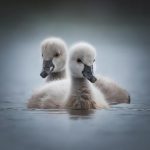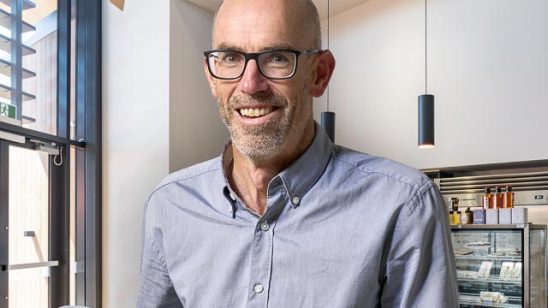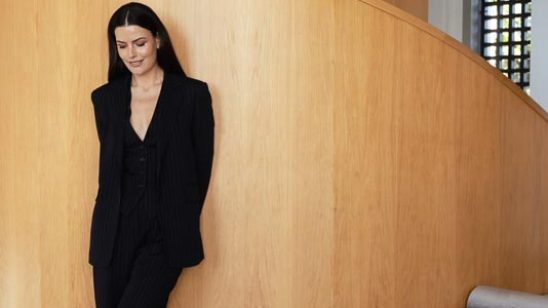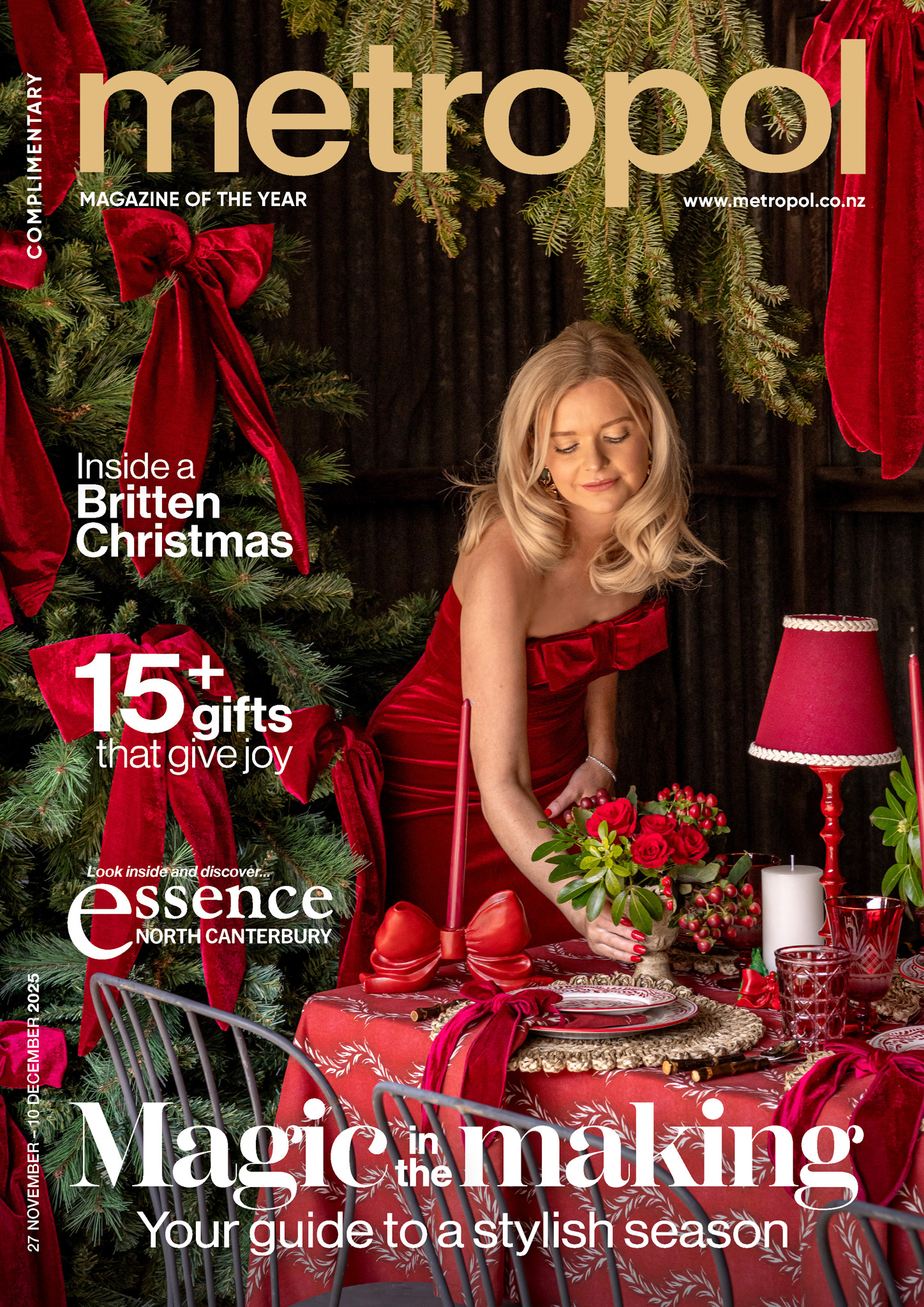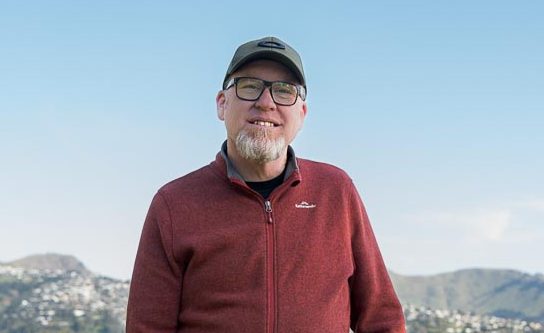
Flying high with Paul Francis
Self-confessed “birdaholic”, Cantabrian Paul Francis tells Metropol why he’s dedicated to photographing the country’s feathered friends.
“Hi, my name is Paul and I’m a birdaholic. I’ve always wanted to say that,” he laughs. 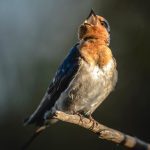
Paul explains that many people think bird photography is an addiction, and in some ways it is. “You’re constantly itching to get out and experience nature, and see what birds are around and what they’re doing. It takes over, and it’s the kind of addiction I can definitely get behind.”
An I.T. solutions guru with his own business for the past 20 years, Paul works with the local pharmacy industry, helping to keep his clients’ businesses running smoothly. When Covid-19 struck, he was an essential worker, ensuring that his clients were able to provide the services needed during those stressful times.
“It was about the time of the first lockdown that I picked up a camera that had been gifted to me by one of my clients and headed out to the beach to take some shots (socially distanced of course),” he recalls.
The shots were rubbish, he adds, so he started watching YouTube videos. “After a while, I had one of those ‘A-ha’ moments which opened my eyes to how to do better with the camera (thanks Attilio Ruffo). I headed out again and started getting some better shots, so I shared them on local Facebook pages and started getting a few positive comments.
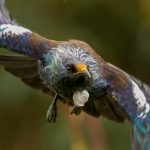
“Fast forward 12 months and I was deep into being a landscape photographer. I loved getting out in the world, and looking for something cool or beautiful to point my camera at. About this time I upgraded my camera to something better suited to landscapes and thought there was no stopping me. “Around February 2021 one of the Facebook groups Paul belonged to had a “Birds” theme month. “My friend Pete and I thought we should give this a crack and headed out to take a few shots. Before I knew it, I was hooked.
“I’ve been addicted to things in the past, but never had an addiction taken hold so quickly. Before long I was always out looking for birds, reading about local birds on the internet, and learning their calls. My partner thinks I’m mad, but thankfully she hasn’t killed me in my sleep just yet.”
Paul says he quickly realised that his landscapes camera wasn’t the best for bird photography. “Not fast enough, autofocus not up to it, that sort of thing. I started looking for an alternative and found Dream Gear Hire here in Christchurch, run by a guy whose mission is to help people reach their dreams in photography.
“We quickly sorted out some loan kit, and I was back out with a longer lens, better camera and, as a result, better shots. Since that time I’ve upgraded my own gear, but I still have one of his biggest wildlife lenses which helps me get the shots I love to take.”
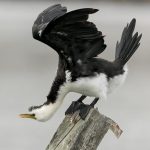
Paul admits he is still on the hunt for a great landscape shot, and also enjoys photographing his stepson’s football games during the season. “Sports photography is much like wildlife photography. There is not time to setup a shot. It’s happening right in front of you, and it’s up to you to capture that moment. Miss it and it’s gone.
“I love that about what I do, but birds are where it’s at for me.”
Being creative with the lens is an integral part of his addiction. “I love to create something with amazing light, an incredible pose and a great composition. I’m learning all the time, I just love that about this stuff.”
About 18 months ago, Paul setup a local Facebook group called Waitaha Bird Lovers, which he describes as a place for the lovers of birds in Canterbury to see amazing shots of local birds taken by some of the best photographers in the region. “We have members as young as 15 and as old as 80, it’s a great thriving community.”
Top tips
Paul is often asked how to get started in bird photography. Here are his tips:
Wildlife and bird photography require patience, persistence, and practice. The more you do, the more your skills improve.
Proper equipment. You need a lens capable of getting you close to the action because for the most part birds really won’t let you get close. Most photographers work with lenses from 400mm to 600mm, and some have mighty weapons that get to 800mm and beyond. You’ll also need a good camera body. We are in the age of the mirrorless cameras now with autofocus systems that leave you stunned how accurate they are. Whether you buy Sony, Nikon, Olympus or my favourite Canon, you really can’t go wrong with any camera system nowadays.
Learn about your camera, get close, stay quiet and look for clean backgrounds. “The best advice I received was from local photographer Anne Lamb. Sadly she passed last year, but when we would speak she kept saying ‘Get Bloody Closer!’ And it works. The closer you can get the higher quality the shot. Sometimes you have to get down in the mud and crawl, but when you get that shot, there’s nothing better.
